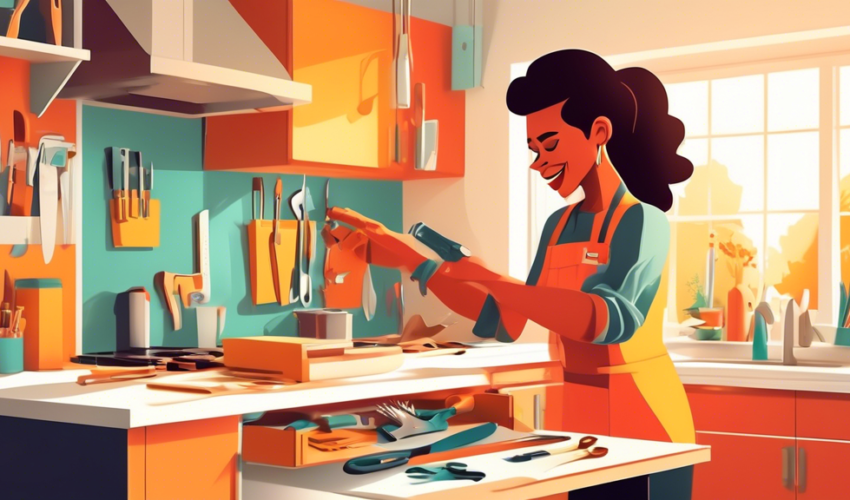Introduction to DIY Cabinet Hardware Repair
Dealing with cabinet hardware issues can be a frustrating experience, especially when it affects the functionality and aesthetics of your kitchen, bathroom, or storage areas. Fortunately, most common problems with cabinet hardware—such as loose hinges, stuck drawers, or misaligned doors—can be fixed easily with the right tools and a bit of know-how. This DIY guide will walk you through the steps to diagnose and fix typical issues with cabinet hardware.
Common Cabinet Hardware Issues and Solutions
1. Tightening Loose Hinges
Loose hinges are a common issue that can cause doors to hang unevenly or not close properly. To fix this, you will need a screwdriver or a drill. First, check which screws are loose. If the screws won’t tighten, it might be because the holes have become stripped. An easy solution is to remove the screw, insert a few wooden toothpicks with a little wood glue into the hole, and then reinsert the screws. The added bulk will help secure the screws in place.
2. Fixing Stuck Drawers
Drawers that stick or are hard to open can be caused by old, dirty, or damaged slides. Begin by removing the drawer and checking the slides. If they are dirty, clean them with soap and water and let them dry before reassembling. If the slides are damaged, they will need to be replaced. New drawer slides can be purchased at a hardware store, and replacing them is a straightforward task that involves removing the old slides and screwing in the new ones, making sure to align them correctly for smooth operation.
3. Adjusting Misaligned Cabinet Doors
Misaligned doors can often be made level by adjusting the hinges. Most cabinet hinges have screws that allow for vertical and horizontal adjustments. Loosen the mounting screws slightly and shift the door to the desired position. Once aligned, tighten the screws again and check the alignment. If the doors continue to sag or misalign, it may be necessary to install additional support hinges or replace the existing ones if they are worn out.
4. Replacing Broken Handles and Knobs
Handles and knobs can break or become loose over time. Replacing them is one of the simplest hardware updates you can do. First, remove the existing handle or knob by unscrewing it from the door or drawer face. Measure the distance between holes if applicable, and buy replacements that match the size and style. If you want to change the style, fill old holes with wood filler, paint or finish to match the cabinet surface, and drill new holes for the new hardware.
Tools and Materials Needed
Before you start your repairs, make sure you have all the necessary tools and materials. These may include:
- Screwdrivers (Phillips and flat-head)
- Drill (optional, for tougher jobs or new installations)
- Wood glue and toothpicks or wooden dowels (for stripped holes)
- Soap and water or a degreaser (for cleaning)
- New hardware (handles, knobs, hinges)
- Wood filler (for patching old holes)
- Measuring tape
Tips for Preventing Future Hardware Issues
To minimize future problems with cabinet hardware, it’s crucial to conduct regular maintenance and checks:
- Periodically tighten screws and bolts, as they can become loose over time with normal use.
- Keep tracks and slides clean and lubricate them if necessary, to ensure smooth movement.
- Avoid hanging heavy items on cabinet doors, as this can strain hinges and cause misalignment.
Conclusion
Fixing common cabinet hardware problems does not always require professional help. With some basic tools and a bit of patience, you can solve issues such as loose hinges, stuck drawers, misalignments, and broken handles or knobs—all on your own. Taking time to understand and address these problems not only saves money but also extends the life of your cabinets while keeping them functional and looking great.

